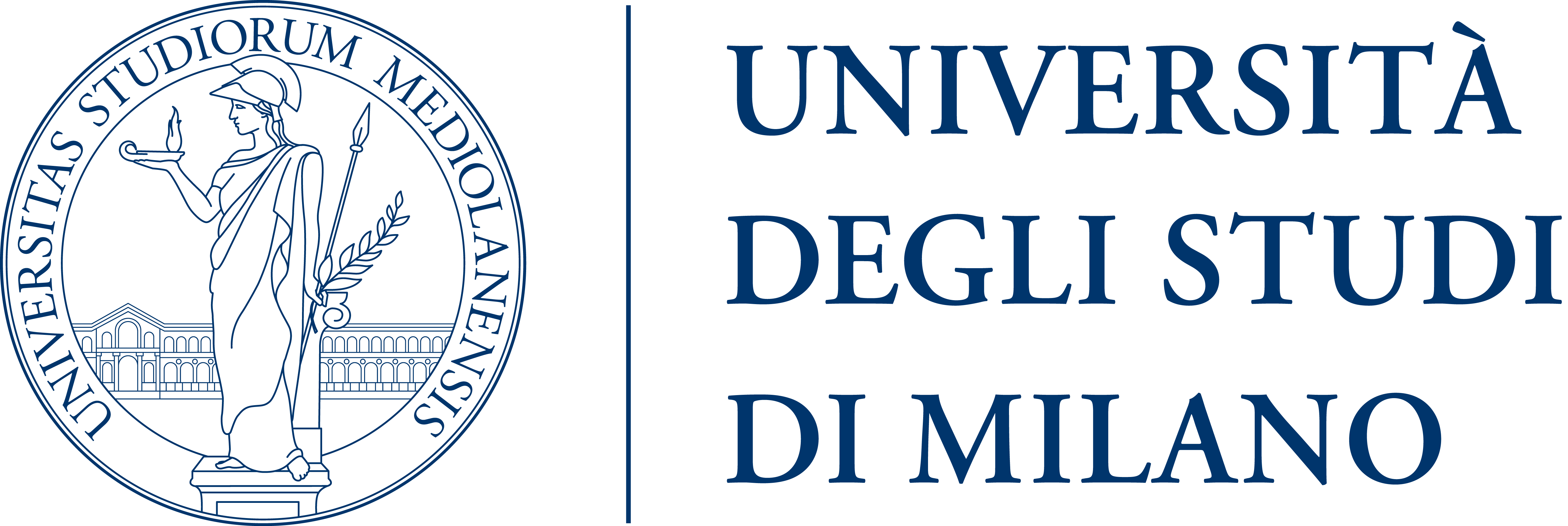On the 30th June 2020, the Supreme Court of the United States put an end to the dispute between the United States Patent and Trademark Office and the famous Booking.com website.
As a matter of fact, § 1052 of the Lanham Act provides that: “No trademark by which the goods of the applicant may be distinguished from the goods of others shall be refused registration on the principal register on account of its nature unless it (e) Consists of a mark which, (1) when used on or in connection with the goods of the applicant is merely descriptive or deceptively misdescriptive of them“. However, §1052, (f) adds that: “Except as expressly excluded in subsections […] (e)(3) […] of this section, nothing herein shall prevent the registration of a mark used by the applicant which has become distinctive of the applicant’s goods in commerce“. Therefore, descriptive terms must achieve significance “in the minds of the public” as identifying the applicant’s goods or services—a quality called “acquired distinctiveness” or “secondary meaning”.
The United States Patent and Trademark Office had refused federal trademark registration to Booking.com, as the requested trademark was deemed a “generic name for online hotel-reservation services“.
Booking.com sought judicial review, and the District Court determined that “Booking.com”—unlike the term “booking” standing alone—is not generic. The Court of Appeals found no error in the District Court’s assessment of how consumers perceive the term “Booking.com.” Both the Courts stated that “Because “Booking.com” is not a generic name to consumers, it is not generic“.
On the contrary, the PTO assumed that “when a generic term is combined with a generic Internet-domainname suffix like “.com,” the resulting combination is generic“, relying on the Goodyear’s India Rubber Glove Mfg. Co. v. Goodyear Rubber Co., 128 U. S. 598.
The Supreme Court finally ruled that: “[…] only one entity can occupy a particular Internet domain name at a time, so a “generic.com” term could convey to consumers an association with a particular website. Moreover, an unyielding legal rule that entirely disregards consumer perception is incompatible with a bedrock principle of the Lanham Act: The generic (or nongeneric) character of a particular term depends on its meaning to consumers“. The Court stated that the trademark matched the requisites for “acquired distinctiveness” or “secondary meaning”, and therefore allowed registration for the “Booking.com” trademark.
Justice Stephen Breyer dissented, fearing that “by making such terms eligible for trademark protection, today’s decision will lead to a proliferation of “generic.com” marks, granting their owners a monopoly over a zone of useful, easy-to-remember domains. This result would tend to inhibit, rather than to promote, free competition in online commerce“.
Booking.com was involved in a similar case in 2010 in front of the EUIPO (European Union Intellectual Property Office): the application was first refused due to lack of distinctive character (Article 7 of EU Regulation 2017/1001), as the word ‘booking’ is a standard verb and the ‘.com’ merely represents a designation in computing. However, the applicant argued that the mark had acquired distinctive character and it submitted evidences showing the mark’s use from 2006 until 2010. The EUIPO allowed the registration.
However, it should be noted that the “Common Practice of Distinctiveness – Figurative Marks containing descriptive/non-distinctive words” issued on the 2 October 2015 by the European Trade Mark and Design Network prevents generic words that are represented by standard lettering from being considered distinctive. The same has to be said in regard of generic words incorporated into figurative marks: the design elements themselves must grant the mark distinctiveness. Last, the use of punctuation and other symbols alongside a generic term is not sufficient as far as distinctiveness is concerned.
You can read the Supreme Court decision here: https://www.supremecourt.gov/opinions/19pdf/19-46_8n59.pdf
For the Lanham Act: https://www.uspto.gov/sites/default/files/trademarks/law/Trademark_Statutes.pdf
For the Common Communication on the Common Practice of Distinctiveness – Figurative Marks containing descriptive/non-distinctive words: https://www.oami.europa.eu/tunnel-web/secure/webdav/guest/document_library/contentPdfs/about_ohim/who_we_are/common_communication/common_communication_6/common_communication6_en.pdf
P.B.


